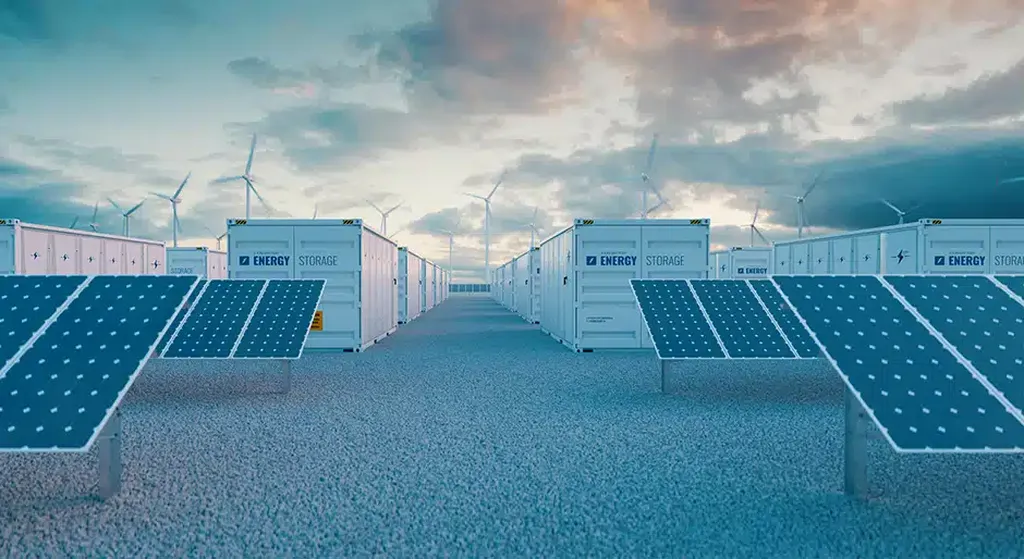In a groundbreaking development poised to reshape the energy sector, researchers from Inner Mongolia Power (Group) Co., Ltd. and Shanghai Jiao Tong University have unveiled a novel strategy to enhance renewable energy consumption in power systems. The study, led by LIU Yanhang and his team, introduces a method that combines load alignment with deep reinforcement learning, offering a promising solution to the challenges of integrating large-scale renewables into the grid.
The research, published in the journal *Shanghai Jiaotong Daxue xuebao* (translated as *Journal of Shanghai Jiaotong University*), addresses the pressing issue of wind and solar energy curtailment, a problem that has plagued power systems as they transition towards renewable energy dominance. “The large-scale integration of renewables has led to significant curtailment issues,” explains LIU Yanhang, lead author of the study. “Our method aims to improve the utilization of new energy consumption in power systems, benefiting all stakeholders involved.”
The proposed approach involves a node load line formation model based on linearized power flow calculations. This model guides adjustable loads, such as electric vehicle clusters, to shift their electricity consumption periods, thereby promoting better utilization of renewable energy. Unlike traditional direct current (DC) power flow models, the proposed alternating current (AC) model accounts for voltage constraints and other related constraints of the power system, offering a more comprehensive solution.
One of the standout features of this research is the construction of a market framework for the load alignment mechanism. This framework involves three main entities: independent system operators, regional power grid sellers, and electric vehicle adjustable load aggregators. The study explores the solution for load alignment incentive prices using electric vehicle clusters as adjustable loads. Given the complexity of the master-slave game between these entities, the researchers employed a deep reinforcement learning algorithm to solve the problem.
“The deep reinforcement learning algorithm takes the marginal electricity price of each node as state space, the load benchmark incentive price as action space, and the cost of regional power grid sellers as feedback,” says QIAO Ruyu, a co-author of the study. “The agent can find the load line incentive price that maximizes the benefits of regional power grid sellers after continuous training.”
The practical implications of this research are substantial. By effectively promoting the improvement of new energy consumption levels, the load alignment mechanism enhances the interests of independent system operators, regional power grid sellers, and electric vehicle aggregators. This innovative approach not only addresses the technical challenges of renewable energy integration but also offers economic benefits to all parties involved.
The study’s findings are particularly relevant to the energy sector, where the demand for efficient and sustainable solutions is growing. As power systems worldwide strive to integrate more renewable energy sources, the proposed method could serve as a blueprint for optimizing energy consumption and reducing curtailment issues.
“This research opens up new possibilities for the energy sector,” says LIANG Nan, another co-author. “By leveraging deep reinforcement learning and load alignment, we can create a more efficient and sustainable energy ecosystem.”
As the world continues to transition towards renewable energy, the insights from this study could shape future developments in the field. The integration of advanced technologies like deep reinforcement learning with traditional power system management offers a glimpse into the future of energy consumption strategies. With further research and implementation, this approach could revolutionize the way we manage and utilize renewable energy, paving the way for a more sustainable and efficient energy sector.

